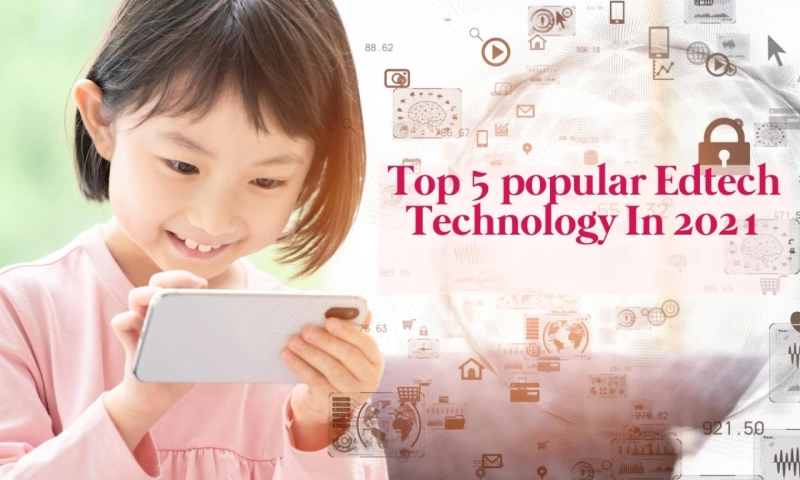Introduction
Education is becoming more mobile with every passing day. Both educational institutions and technology service providers are constantly exploring how to enhance the learning experience with the use of mobile technology. With the increasing flow of data, especially the use of AR/VR, there will be a need for higher bandwidth networks and luckily, 5G is here. 5G technology will provide a platform through which users (students and teachers) will be able to access massive amounts of data. Lastly, blockchain technology will also help institutions store data securely.
What is EdTech?
Education technology or edtech is a field of technology that focuses on developing software solutions with the aim of streamlining educational processes. Today, technological innovations have pushed classrooms beyond clunky desktop computers. With emerging technologies, classroom education is moving towards a more comprehensive and futuristic experience. The edtech industry in 2020 comprises a variety of educational tools that are powered by multiple technologies such as IoT and machine learning.
Latest Trends in Educational Technology
1. More Accessible Education
Financial considerations alone won’t be sufficient when talking about education accessibility. In 2018, the UN estimated that more than 263 million children aren’t getting a full-time education worldwide. At the same time, there are several factors that influence these statistics, such as qualified education accessibility, study material accessibility and learning accommodations. Online learning appears to be the solution to make education more accessible, even in remote areas. Hence, EdTech solutions are on the rise to eliminate the common barriers to providing quality education for everyone.
2. Data-Driven Insights
The ubiquitous phrase, “Data is the new oil” is also applicable in the education sector. Similar to other industries, data-driven insights can help educators to make education more effective and efficient. The insights into how the digital curriculum is followed by the students will help educational institutions enhance the quality of education.
3. More Immersive Education
Extended reality technologies, including augmented reality and virtual reality, are bringing immersive learning experiences to students. Lessons such as the ancient Roman empire will come alive with immersive learning. The student will wear a VR headset and take a walk through the digital version of that particular period.
4. Learning Gamification
Learning gamification, also known as game-based learning, has existed in the tech-space for a long time. However, a few years ago, gamification was considered flippant for the EdTech industry. But, now the educators think differently when it comes to including interactive video and competitive learning games to motivate students.
5. Data Security
With each passing year, the need for data security gets higher. Security is becoming more crucial with the increasing usage of cloud computing and storage. Educational institutions prefer cloud storage due to it’s shared environment, which makes it easier to access data from anywhere. The accessibility, however, comes with a risk of data theft.
Conclusion
It isn’t just the Covid-19 outbreak that is responsible for the rise of these five trends in educational technology for 2021. The rise of technology in the education sector dates back to a decade ago, when apps like Duolingo started a revolution to democratize education for everyone. The technological shift has successfully made the world pass through the pandemic.
We at Nimble AppGenie are experts in education app development services and have been building technology solutions for educational institutions since 2017. Whether you are an educational institute or an EdTech startup looking for technology and development support, feel free to reach out to us by filling out a simple form - contact us


